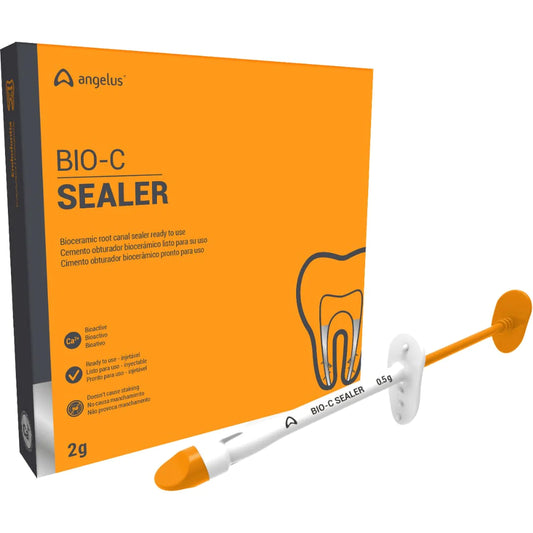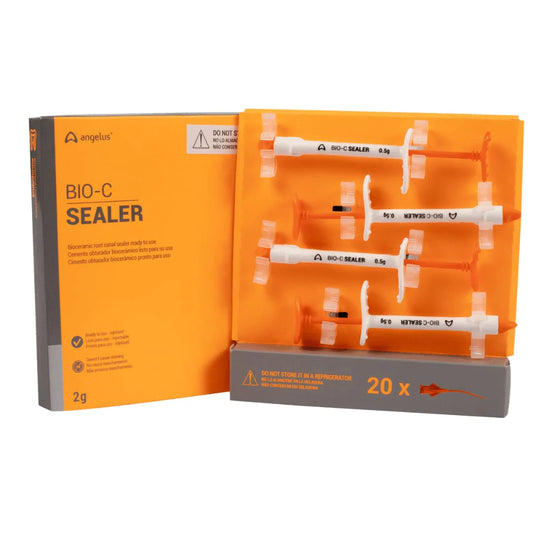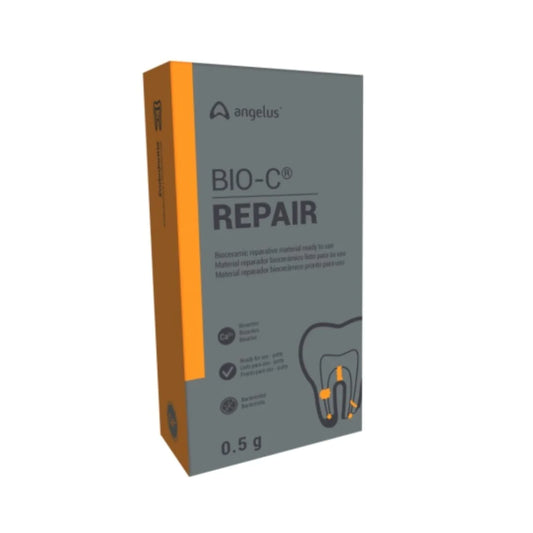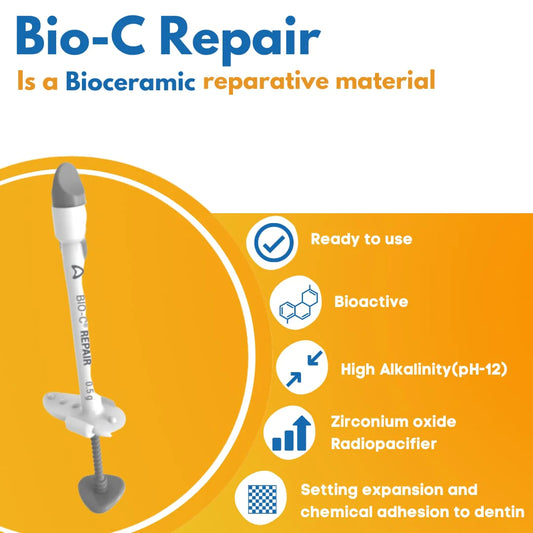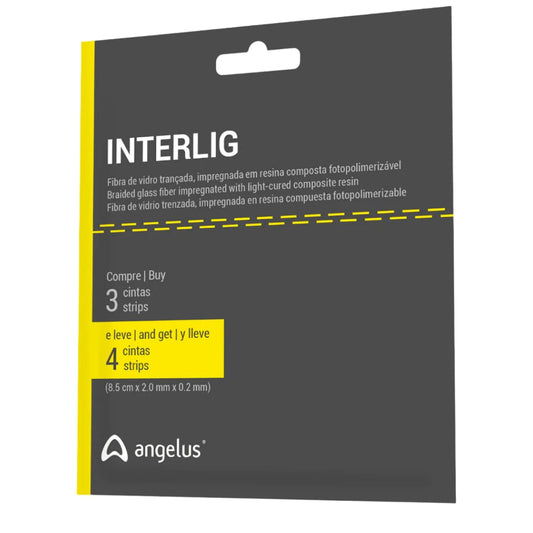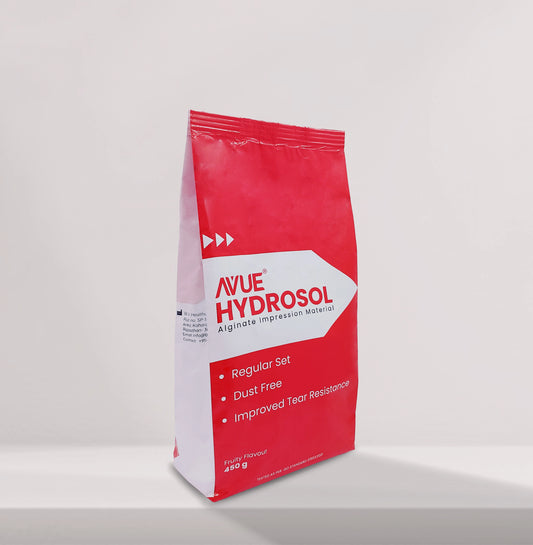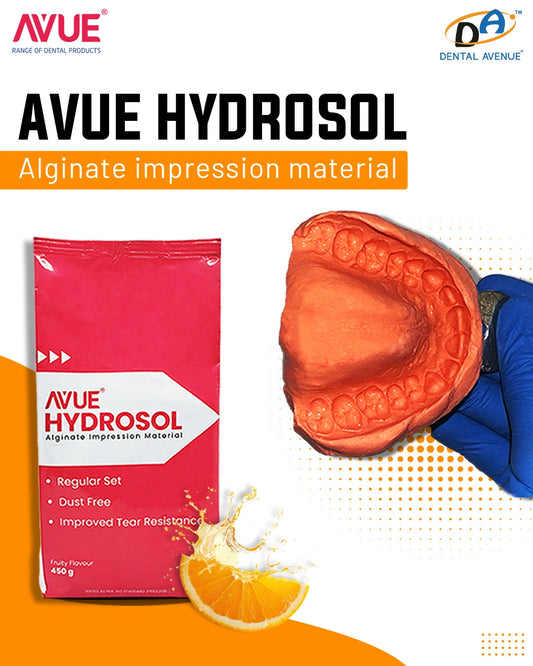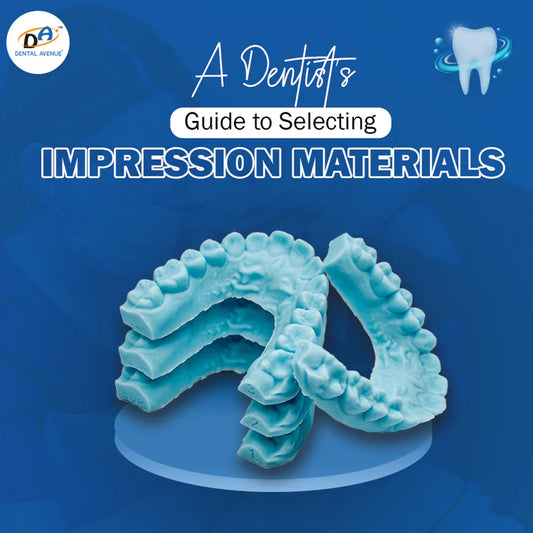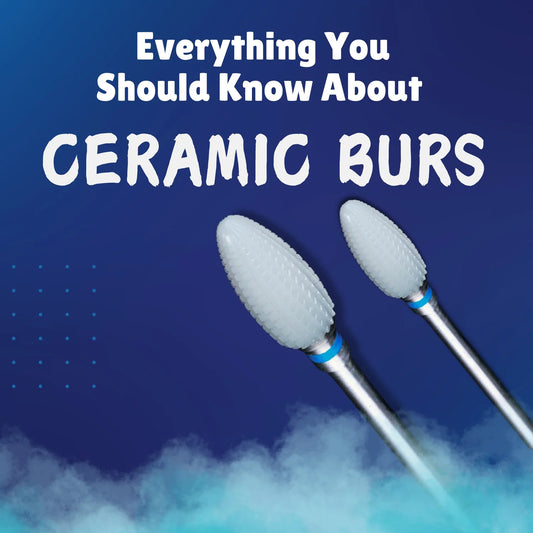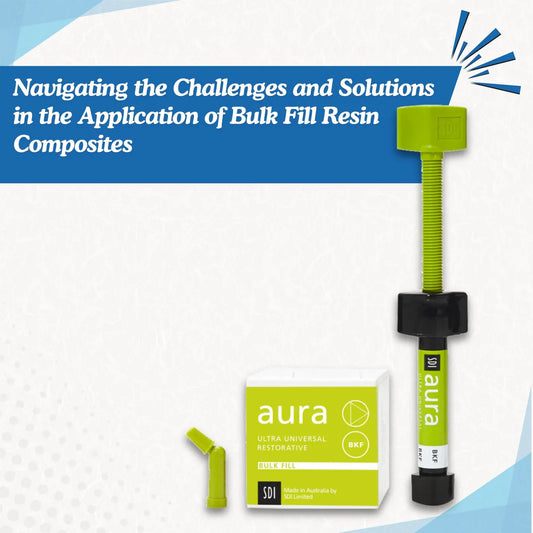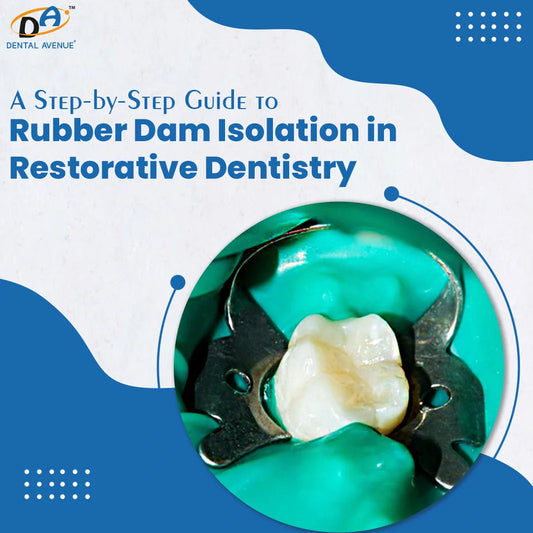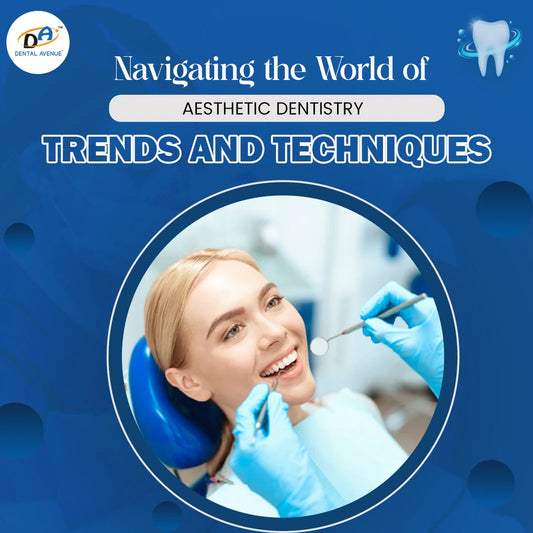Table of Contents:
What is Medium Body Impression Material?
The Role of Impression Materials in Dentistry
Advantages of Medium Body Impression Material in Dental Practices
Applications of Medium Body Impression Materials in Dental Procedures
Step-by-Step Guide to Using Medium Body Impression Materials
Conclusion
Frequently Asked Questions
In the field of dentistry, impression materials hold a crucial role in the outcome of the prosthesis because of their precision, efficacy and achieving successful outcomes. Medium body impression materials or regular body impression materials stand taller as versatile and are important for many dental procedures materials. This article delves into its applications, usages, methods of applications, advantages over others and the step-by-step process for making the dental practice more effective.
What is Medium Body Impression Material?
Medium Body Impression Materials also known as additional cure vinyl polysiloxane (VPS) material or regular body impression material developed to capture accurate impressions in a much more predictable and consistent manner. This material is classified on its consistency as it is less dense than heavy body materials and thicker than light body materials. Its formulation demonstrates a perfect balance of viscosity with regular/set time to allow dental practitioners to work more precisely to meet every clinical demand and situation.
These materials offer a great combination of detailed replicas of the patient’s mouth and workability conditions for dentists, these materials are ergonomically designed with excellent tear resistance and have good dimensional stability.
The Role of Impression Materials in Dentistry:
Advancements in dentistry, the procedures and materials used have benefited both the dental practitioners as well as the patients. One of the critical elements in dentistry is Impression materials which play a pivotal role in creating replicas of a patient’s mouth both using conventional methods and nowadays digitally. These impressions serve as a foundation for creating dental prostheses like crowns, bridges, veneers, inlays, onlays, implants, dentures and other appliances like orthodontic appliances and devices.
Dental professionals can choose from a wide array of impression materials available according to clinical needs, material-based choices (dimensional stability, surface detailed reproduction), and patient requirements.
Advantages of Medium Body Impression Material in Dental Practices:
Medium Body Impression Materials offer several advantages; a few of which are listed below:
Hydrophilicity: A highly hydrophilic nature ensures precise impressions even in moist conditions.
Ease of use: these materials are easier to use when compared with other dental impression materials mainly because of their balanced viscosity and easier to handle when compared with their counterparts like light body and heavy body.
Biocompatibility: these materials are biocompatible and are safe for all age groups of patients.
Dimensional stability: these materials are dimensionally stable and can maintain their accuracy for weeks, ensuring accuracy till the prosthesis is delivered
Detailed reproduction: this material offers great detailed reproduction and captures the finest details of the oral cavity without causing any distortion.
Applications of Medium Body Impression Materials in Dental Procedures:
Medium body impression materials have been formulated for making impressions solely for diagnostic purposes as substitutes for other impression materials used in dentistry. These materials are ideal for the fabrication of dental crowns, bridges, fixed prostheses, dentures, implants, orthodontic models and other appliances like bleaching trays or mouth guards.
These materials are also used along with light body for implant impressions, anterior esthetic restorations, occlusal stamps for composite impressions and as embedding material.
These materials can achieve micron-level detailed reproduction and allow resolving multiple imperfections.
Step-by-Step Guide to Using Medium Body Impression Materials:
It is important to follow the step-by-step approach while taking impressions from medium body impression materials. It is also important to adhere to the guidelines set by the manufacturers regarding the setting time and mixing time.
Pre-requisites like the selection of a tray according to the patient’s mouth size, also to apply adhesive on the tray to prevent the impression materials from being unseated while removing impressions.
Loading of the tray with properly mixed putty i.e. base and catalyst in equal parts, after recording the impression, remove the tray from the patient’s mouth, later that start adding syringeable medium body impression material on the impression keeping the mixing tip buried to avoid air bubbles being trapped and later insert the impression material again in the patient’s mouth. The final impression is removed and any voids or not and later bite registration material can be placed for the bite registration.
Conclusion:
Medium body impression materials in dentistry have nowadays become an indispensable tool in terms of impression materials and choices available today, due to their versatility in terms of viscosity, hydrophilicity and flowable properties. By understanding its properties, usages and techniques, an edge over other impression materials, dental professionals can enhance the quality of dental treatments and lead to improved patient satisfaction.
FAQs:
Q. How do you store medium body impression materials properly?
It should be kept away from direct sunlight, always in a cool, dry place, do not keep the lid open when not in use and always store the container, do not transfer in another container as it may hamper the conditions.
Q. Can medium body impression materials be used for all patients?
It is important to use the material wisely as the specific product has specific guidelines and limitations; for very difficult-to-access or minute details light body is preferred, whereas in more complex cases medium body is used.
Q. What makes medium body impression materials in dentistry ideal for impressions?
Its balanced consistency, viscosity and hydrophilicity make them ideal for the majority of dental impressions thus making them the best impression materials in dentistry.
Q. What is the best way to ensure accurate dental impressions?
Ensuring accurate dental impressions depends on various factors such as patient selection, tray selection, and handling of material during impression technique to avoid any bubbles or distortion and adhere to the guidelines set by the manufacturer.

